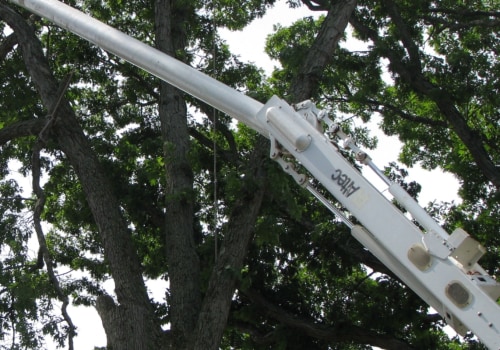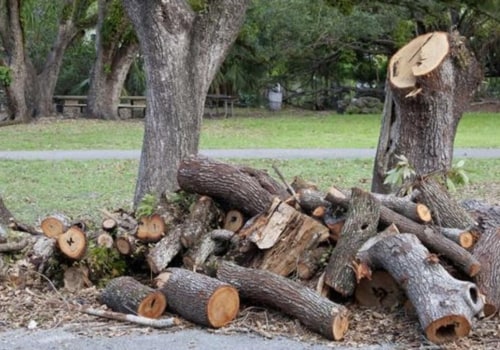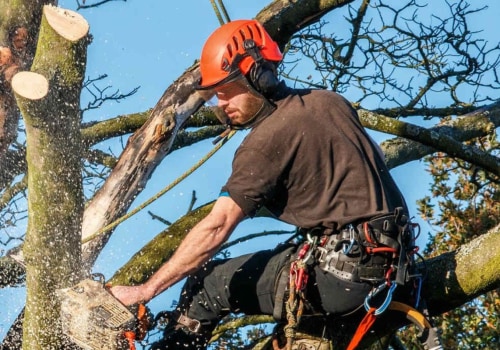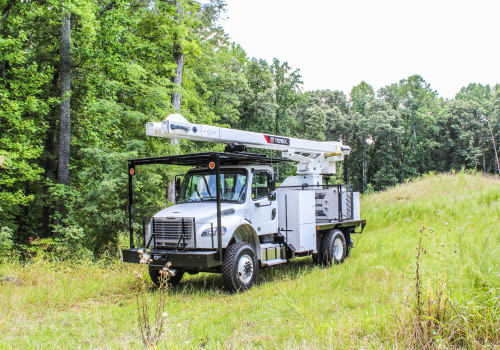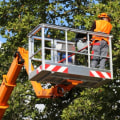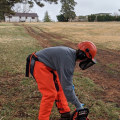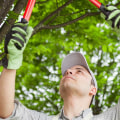Tree care and removal operations can be hazardous, and it is essential for employers to be aware of the potential risks and take the necessary steps to ensure the safety of their workers. OSHA regulations provide specific requirements for record keeping, as well as for hand and portable power tools, chainsaws, and other equipment used in tree care and removal operations. Additionally, the OSHA medical services and first aid standard (29 CFR § 1910.15) requires employers to provide medical services and first aid as needed. Moreover, the Municipal Code requires City Forestry or an authorized forest service to perform work on an urban tree that measures more than 15 feet in height.
When it comes to hazards faced by workers involved in tree care and removal operations, there are a few general industry regulations that address them. The standard on hand and portable power tools and other portable equipment, 29 CFR § 1910, subpart P, contains some other requirements that apply to chainsaws and other tools used during tree care and removal operations. The electric power generation, transmission and distribution standard, 29 CFR § 1910.269 (r), also contains provisions potentially applicable to brushcutter chippers, stump cutters, chainsaws and other machines used in tree care and removal operations (29 CFR § 1910.269 (r)). Moreover, subpart S of 29 CFR § 1910 covers some tree trimming with line clearing, while the telecommunications standard, 29 CFR § 1910.268 covers some tree trimming.
In order to ensure the health of trees and avoid hazardous situations, employers should check with their county Extension Office if they have questions about trees. Additionally, they should contact City Forestry or request an inspection of street trees if there is a tree within the city's right-of-way that contributes to the blockage of a street or sidewalk. Furthermore, workers who cut down tree branches and other tree care operations should climb with the right equipment and climbing practices if the tree is not damaged or deteriorated to the point that climbing would not be safe. To conclude, employers must be aware of the potential risks associated with tree care and removal operations and take the necessary steps to ensure the safety of their workers.
OSHA regulations provide specific requirements for record keeping and the industry in general, as well as for hand and portable power tools, chainsaws, and other equipment used in tree care and removal operations.
